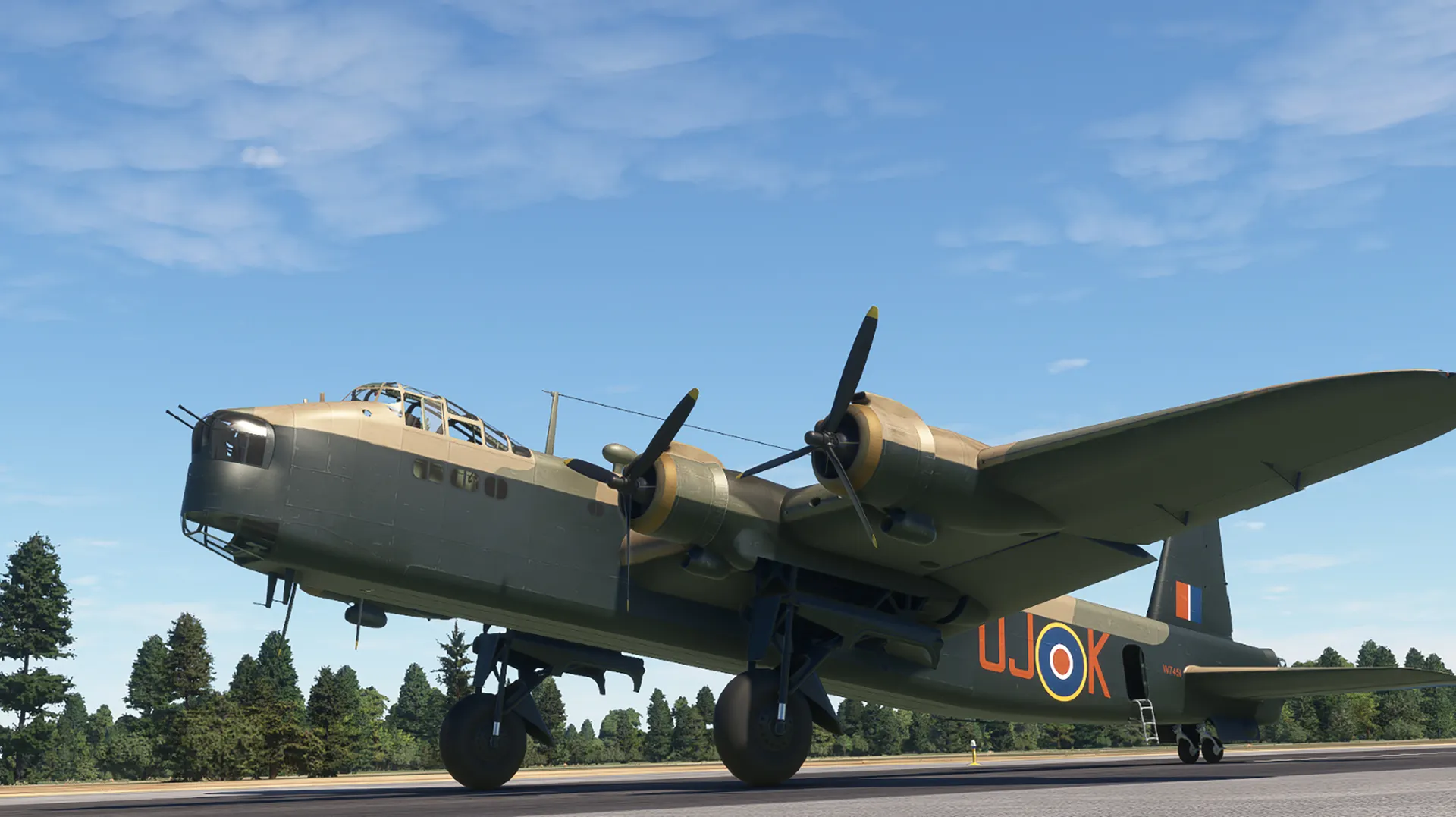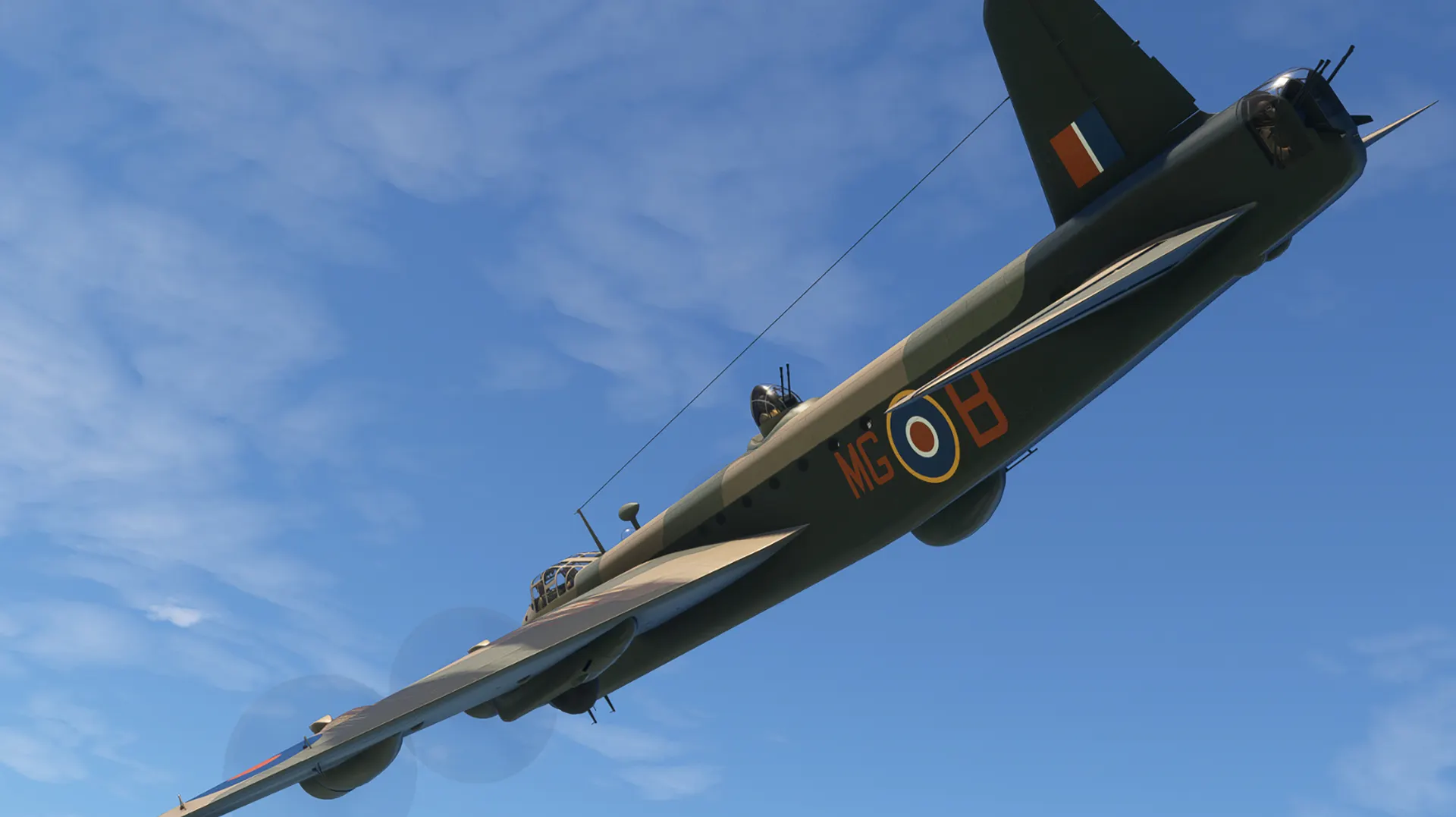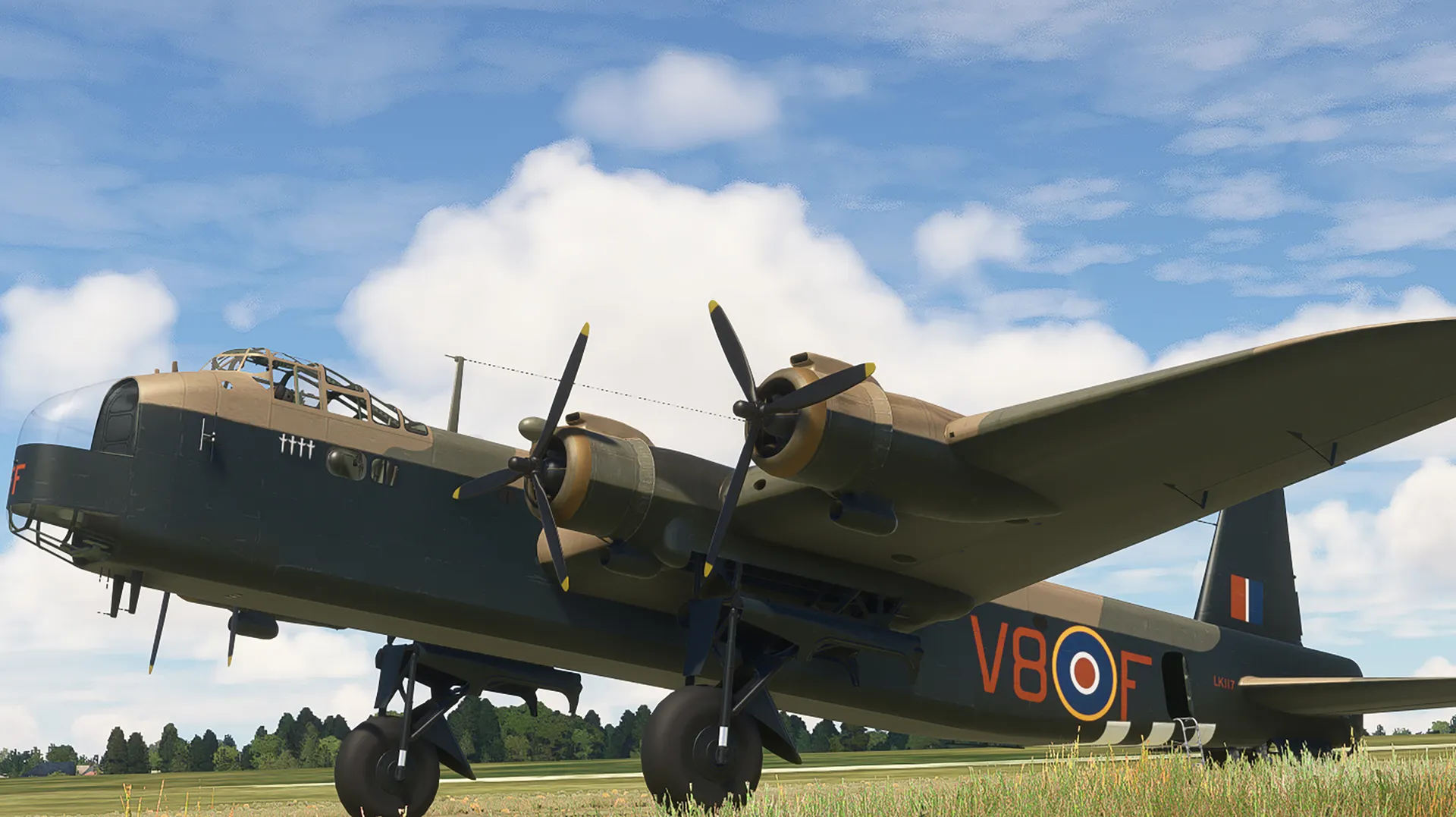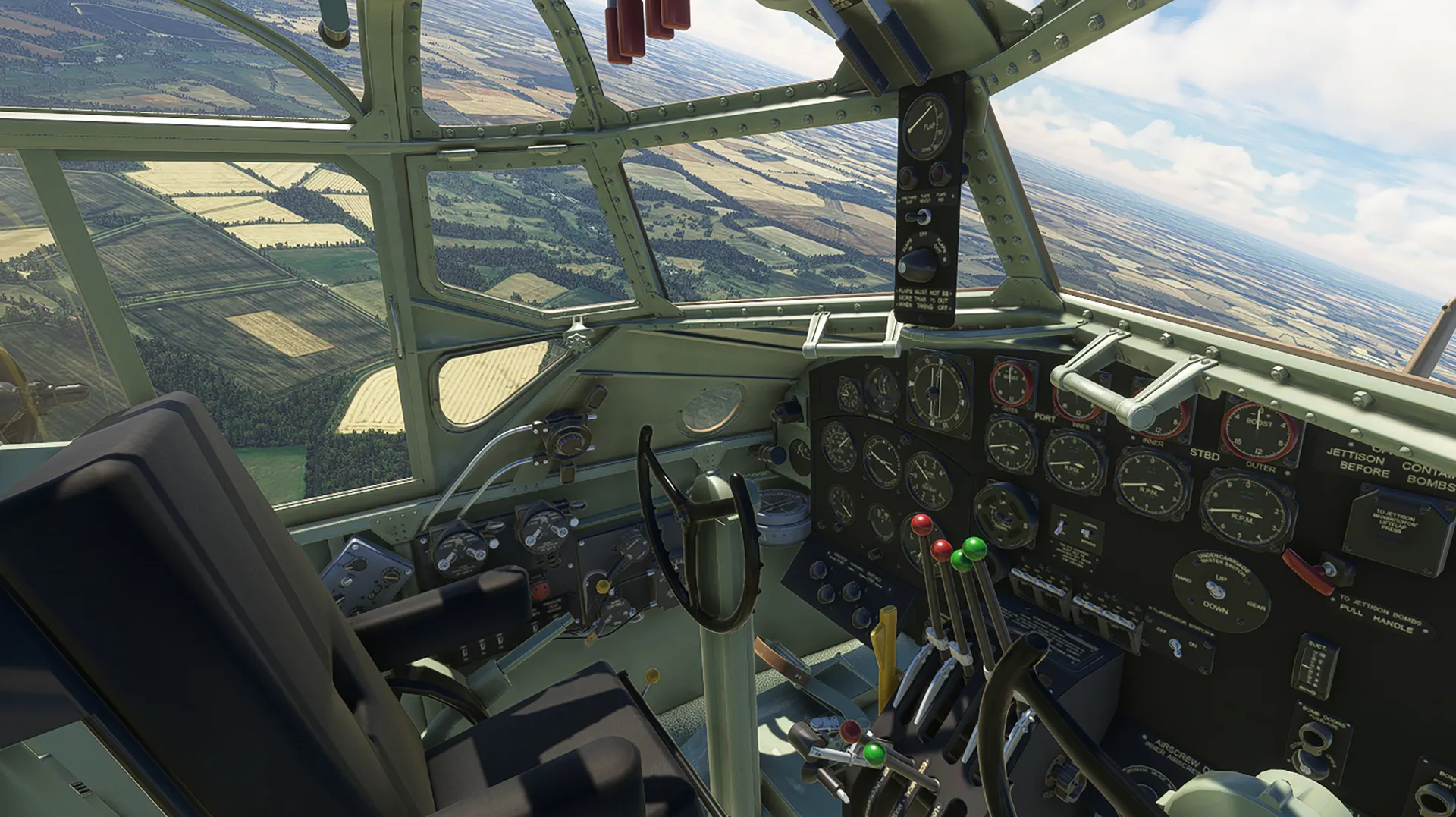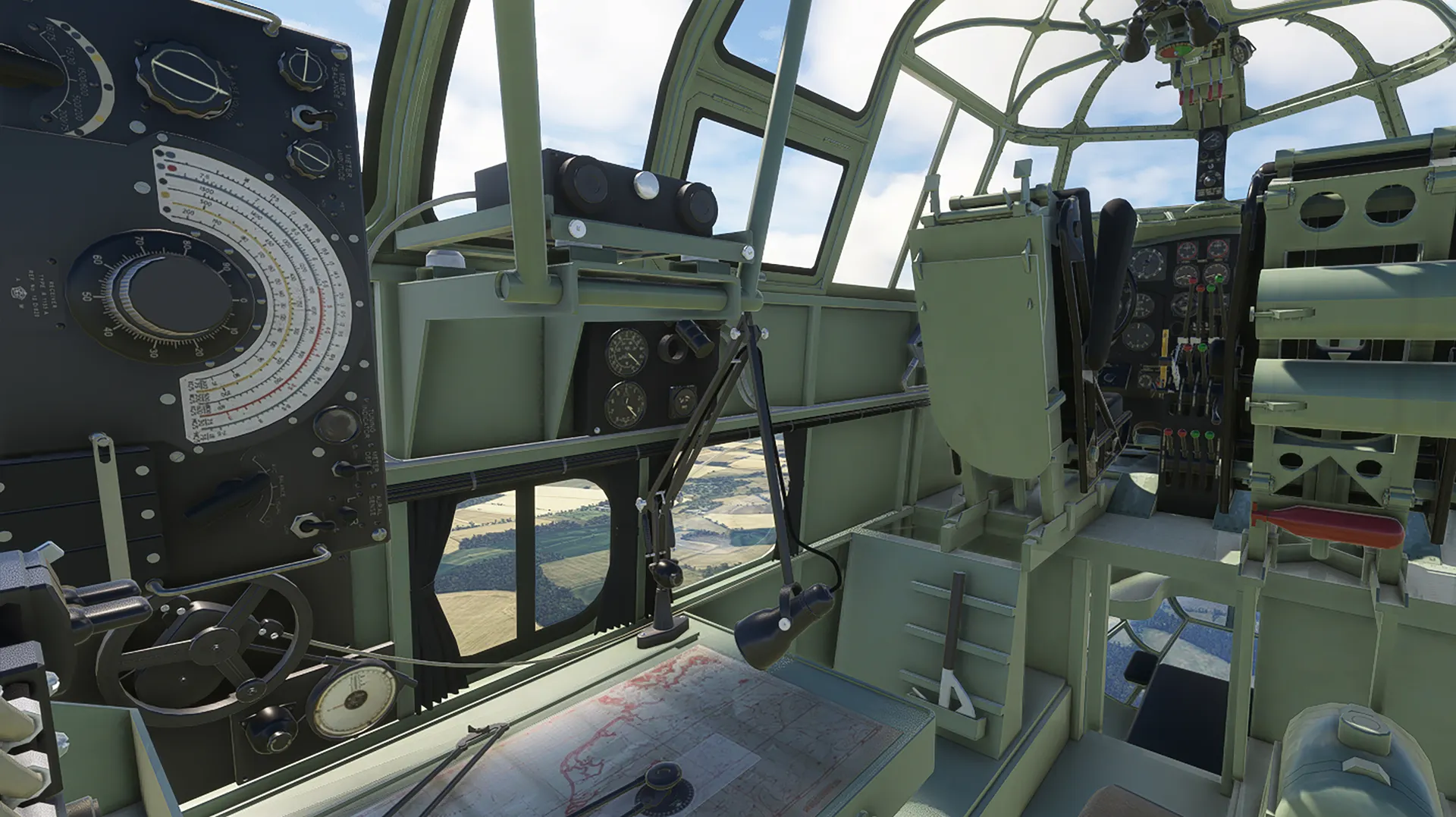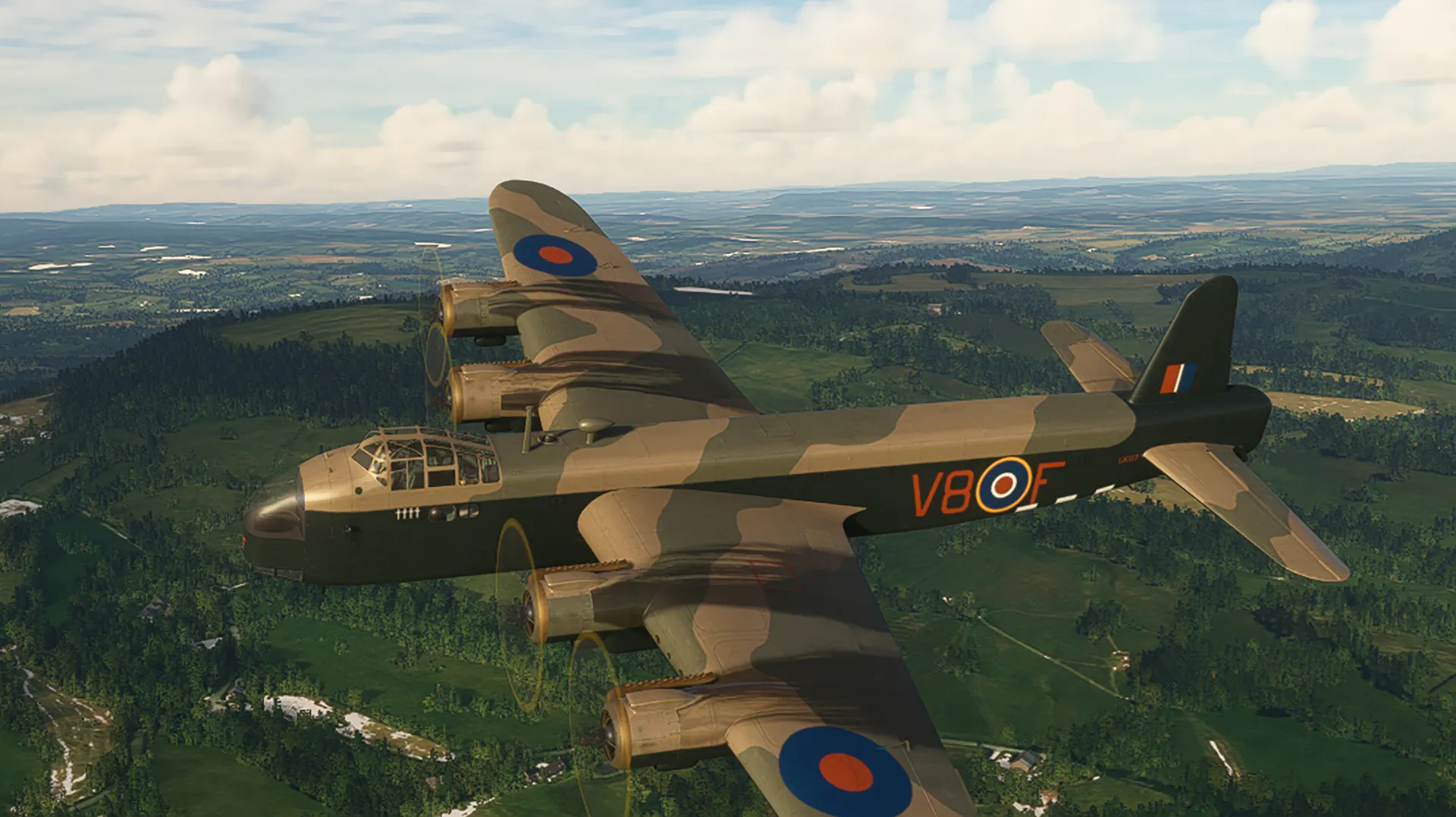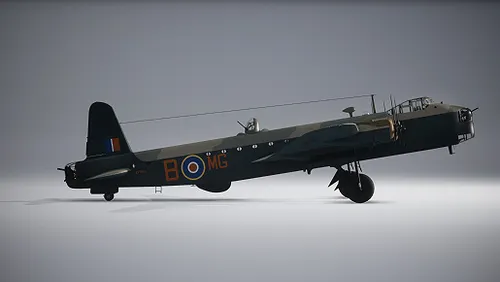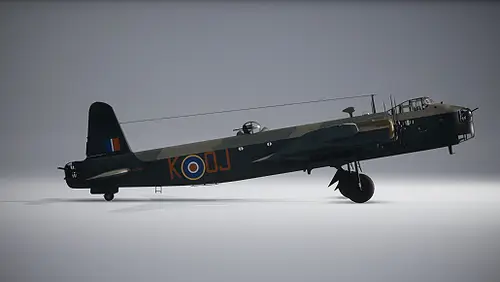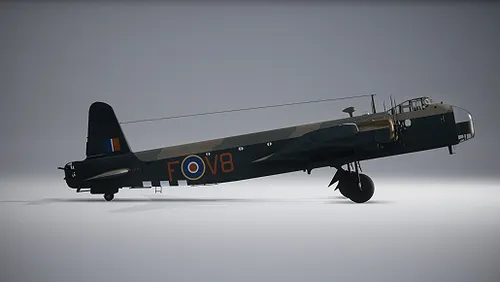The Short Stirling was a 4-engine heavy bomber developed in the 1930s in the United Kingdom and used heavily in World War II. The aircraft took its maiden flight on May 14th, 1939 and it entered service on May 7th, 1940, becoming the Royal Air Force’s first 4-engine bomber. A total of 2,371 Short Stirlings were manufactured during a production run that spanned from 1939 to 1945. It was used for several roles throughout World War II and then saw limited civil applications after the war, primarily as a passenger carrier.
Development of the Short Stirling began in 1936 when the British Air Ministry published a requirement for a 4-engine, long-range, high-speed, high-capacity bomber. The specification outlined that the aircraft was to cruise at speeds up to 230 miles per hour at 15,000 feet above sea level, carry up to 14,000 pounds of bombs, and comprise an array of heavy defensive weapons.
The Short Stirling proved to be highly maneuverable, rugged, and reliable. It became renowned for its effective defensive weapons and its ability to withstand numerous hits by enemy aircraft. The Short Stirling participated in several bombing campaigns, including some of the largest attacks against Germany. As the war progressed, the Short Stirling undertook several mission types in addition to bombing, including transporting personnel and cargo, electronic warfare operations, paratroop drops, and glider towing. It was particularly effective for “gardening” operations, a codename for the aerial deployment of naval mines.
The Short Stirling was produced in several mission-specific variants. Each was powered by four 14-cylinder, dual-row, supercharged radial piston engines. The aircraft featured a high-mounted main wing, a retractable standard undercarriage, and a standard empennage. It measured 87 feet, 3 inches in length, stood 22 feet, 9 inches tall, and had a wingspan of 99 feet, 1 inch.
The Short Stirling Mk.1 was the initial heavy bomber variant of the line. It was crewed by seven, could carry up to 14,000 pounds of bombs, and was defended by eight .303-caliber machine guns. It was powered by four 1,500-horsepower engines, each of which turned a 3-blade, fully-feathering, metal propeller. The Short Stirling Mk. 1 had a range of 2,330 miles, a service ceiling of 16,500 feet above sea level, and it climbed at 800 feet per minute. It cruised at 200 miles per hour and had a maximum speed of 282 mph.
